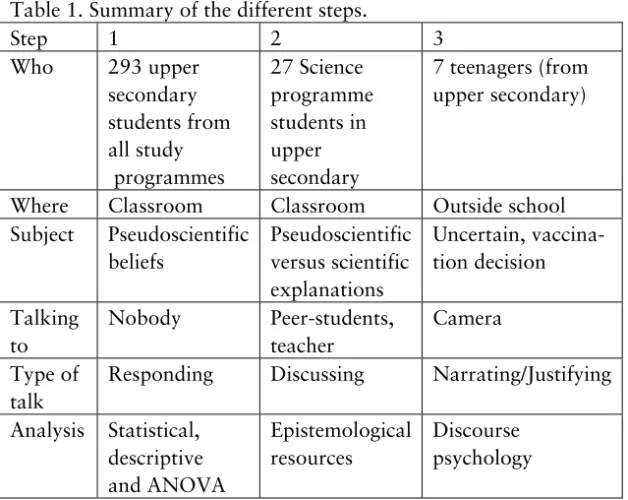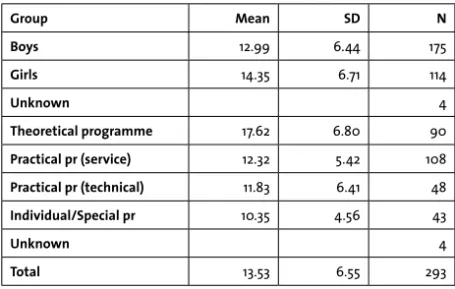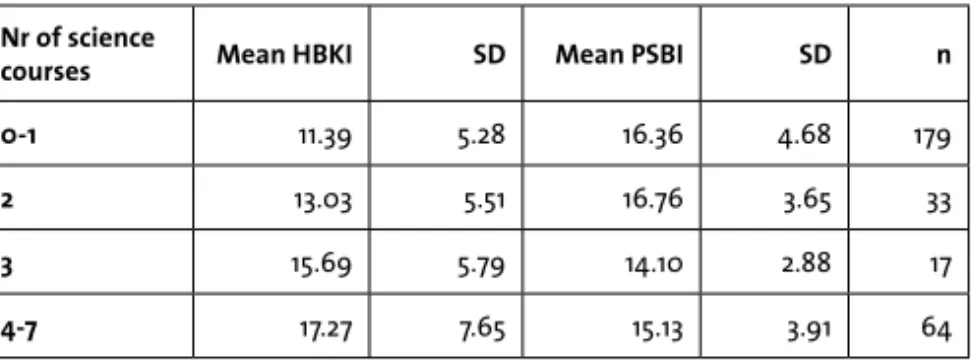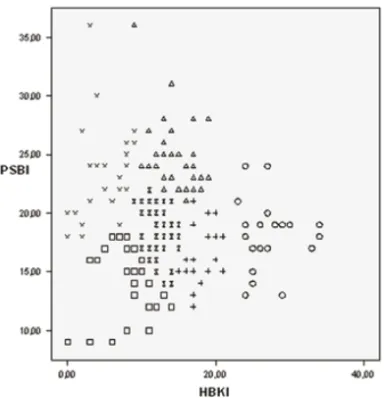MALMÖ S TUDIES IN EDUC A TION AL SCIEN CES N O 64, DOCT OR AL DISSERT A TION IN EDUC A TION M A T S L UNDS TR ÖM MALMÖ UNIVERSIT Y
MALMÖ UNIVERSITY
MATS LUNDSTRÖM
DECISION-MAKING
IN hEALTh ISSUES
Teenagers' use of science and other discourses
In everyday life, we make many decisions about our health. These
decisions are made using information from many different sources.
This information may be contradictory, uncertain and be very diffe-
rent in regard to its scientific validity. Having access to all this
information means that individuals have to judge its quality and make
decisions about how to act in different situations in everyday life. In
this doctoral dissertation young individuals’ reasoning and justifying
concerning trustworthiness and decision-making in issues connected
to health are investigated.
isbn/issn 978-91-86295-15-8 / 1651-4513
DECISION -MAKIN G IN h EAL T h ISSUESMalmö Studies in Educational Sciences No. 64
Studies in Science and Technology Education No.49
© Copyright Mats Lundström 2011 Photo: Johanna Lundström ISBN 1651-4513
Malmö University, 2011
Malmö University, Faculty of Education and Society
Lund University, Faculty of Social Sciences
MATS LUNDSTRÖM
DECISION-MAKING
IN HEALTH ISSUES
This publication is also available at: www.mah.se/muep
”Vem ska jag tro på
Tro på
Tro på när
Tro på när allt är såhär?
Och ingenting vi nånsin med nåt menar
Vem ska jag tro på
Tro på
Tro på när
Tro på när allt är såhär?
Jag hoppas ändå på ett lyckligt slut”
Vem ska jag tro på – Thomas Di Leva
“Love all, trust a few, do wrong to none.” William Shakespeare
“Mistrust makes life difficult. Trust makes it risky.”
Mason Cooley
At last, after several years of hard work, my doctoral thesis is completed! During these years, many family members, friends and colleagues have supported and encouraged me. It has never been difficult to find a colleague to discuss my research field with, either around the coffee table at the department or at international conferences in science edu-cation. Opinions of pseudoscience and vaccinations are grateful subjects for both discus-sions and research.
Primarily, very big thank to my two supervisors, Margareta Ekborg and Malin Ideland, for their supervision. You have been superwomen, always ready guiding and asking re-levant questions. I will also thank all my colleagues at the department of Nature, Envi-ronment and Society at the Faculty of Education and Society at Malmö University, espe-cially to the members of Knäbäcksligan; Annica Andersson, Helen Hasslöf, Anna Jobér, Margareta Serder and Petra Svenson. A group as Knäbäcksligan is invaluable during PhD-studies. I will also thank Anders Jakobsson and Doris Jorde for their work super-vising during my licentiate studies. Thanks to all people involved in FontD at Linköping University. Several colleagues have during seminars connected to this thesis brought in important questions and reflections. Thanks to Helene Sörensen, Lena Hansson, Mattias Lundin, Claes Malmberg and Eva Silfver for your contributions during these seminars. I will also thank Karin Dahlberg at Malmö University, you are important for the PhD-students at the Faculty of Education and Society. This work had not been possible with-out students and teachers who have spent time with questionnaires, peer-group discus-sions and video diaries, thanks. I will also thank my proof-readers; Helen Avery, David Finnegan and Lyndell Lundahl.
Finally, I will dedicate this thesis to my mother Margit and my father Sture who always have encouraged me in my studies. My family, Eva, Oscar and Johanna, has always supported me in my work, thank you! I admire that you never have had complains about my total focus on my work during the last years.




